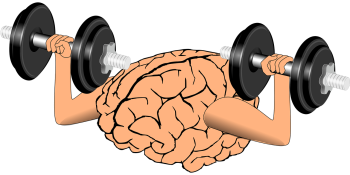Three Ways to Incorporate a Growth Mindset into Your Tutoring and Teaching
“I’m not a math person.” “I can’t draw.” “You can’t teach an old dog new tricks.” These are phrases we hear often, and more than likely, we’ve even uttered one of them recently. They are examples of a fixed mindset–the opposite of a growth mindset. A fixed mindset is a belief that one’s abilities and level of intelligence are innate and not changeable.
In contrast, phrases that reveal a growth mindset include, “You can learn anything, if you put your mind to it.” “A mistake is a learning opportunity.” “We can do hard things.” A growth mindset acknowledges that everyone can learn and be good at a skill if they work hard at it and practice. It embodies the idea that discomfort and struggle are essential for learning. If learners adopt a growth mindset by believing they can gain new knowledge and develop their skills, they will be motivated and successful in reaching their goals.
Here are a few ways you can incorporate a growth mindset into your tutoring and teaching:
- Say it. Try these encouraging phrases:
“I see how hard you’re working. Keep at it!”
“When the work gets hard, we start learning.”
“If it’s too easy, you’re not learning.”
“I’m so proud of how you worked through this challenge!”
“All things are difficult before they are easy.”
“Your skills improve a little every day.”
“Mistakes are proof that you are trying. If you don’t try, you can’t learn.”
- Notice it. Point it out and encourage learners who display a growth mindset. When learners face difficult tasks and projects head on, persist when things get tough, approach problems from lots of angles and incorporate feedback to improve their process or their work, they are displaying a growth mindset. Draw attention to it and let them know those behaviors will take them far.
- Explain it. Explicitly explain or teach learners about growth mindset. While we can implicitly promote a growth mindset through our actions and words, we can also explain what it is and why it works to learners. This can be done briefly and often; it doesn’t have to be a big formal lesson.
Begin the journey of promoting a growth mindset in yourself and the learners you work with and see how far you all go!
Read more about growth mindset:
Identifying teaching behaviors that foster growth mindset classroom cultures
6 Tips to Help Students Develop a Growth Mindset in the Classroom
Strategies to Help Students Develop a Growth Mindset: 6 Things You Can Do
For comments or questions about this Tutor Tip, contact Tutor Training Coordinator, Meghan Boyle at [email protected].


